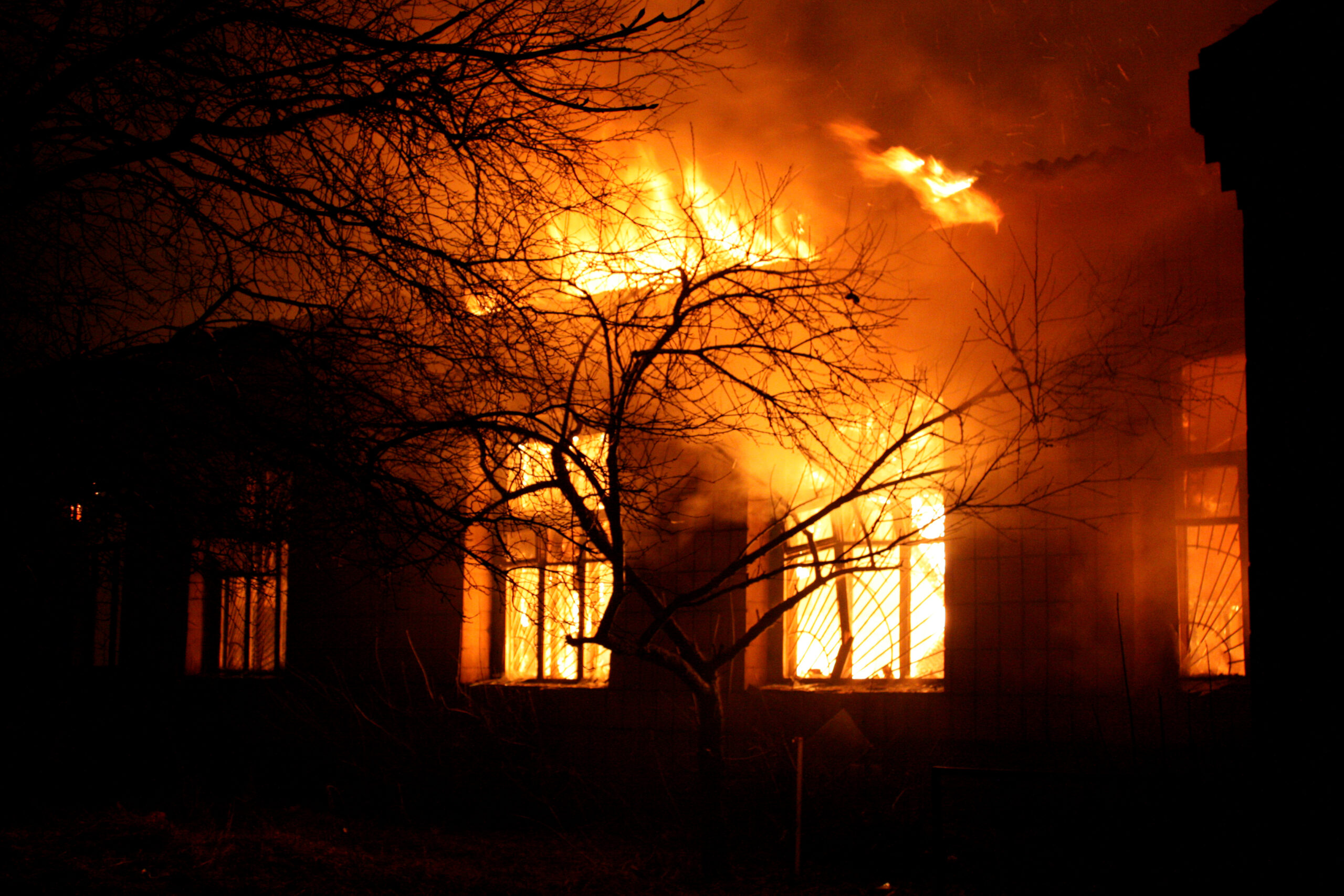This blog is the first installment in a series where our property experts highlight recent claims. In part one, we discuss our response to a devastating fire. Stay tuned for the second blog focused on a flood catastrophe, which is coming soon.
Claim details
On 3 January 2018, a devastating fire erupted at a prominent meat processing and export building . The fire inflicted extensive damage to the property, halting all production. The disruption to the business was anticipated to extend up to two years, invoking the maximum indemnity period (MIP) stipulated under the business interruption (BI) insurance coverage. The incident presented numerous challenges, including the need for heavy mechanical equipment to excavate debris and perform partial demolition, and work stoppages due to scorching temperatures exceeding 40 degrees Celsius.
Responding to the challenges
In response to this dire situation, Sedgwick swiftly mobilised a multidisciplinary team of experts. The team comprised experienced quantity surveyors, design and project management engineers with specialised knowledge of the meat production industry, and in-house forensic accounting specialists. Notably, both Sedgwick’s experts and the insured’s appointed advisors collaborated closely to ensure a unified approach — fostering transparency and expeditious progress.
Sedgwick’s forensic accounting specialists played a pivotal role in analysing the business interruption component of the loss. They projected the best-case costs and compared them to potential outcomes if the claim were allowed to run its course. This data — coupled with comprehensive pricing for material damage costs — enabled constructive discussions regarding the reinstatement options for a greenfield site with the insured and their advisors.
Meaningful outcomes
Throughout the process, a collaborative approach resulted in a proposal to settle the claim at an early stage. Doing so offered a substantial discount compared to the projected cost if the claim were fully pursued. This arrangement provided several advantages for the insured, including immediate peace of mind, increased flexibility in allocating proceeds, and the ability to focus on managing their business rather than dealing with protracted insurance claim procedures.
For insurers, this approach allowed them to cap the claim at a level well below its potential magnitude, thus avoiding significant ongoing costs associated with managing and adjusting such a highly complex claim. The successful resolution of this case demonstrated the immense value of a dedicated team of more than 20 major loss and forensic accounting specialists working collaboratively throughout the entire claim process.
Moreover, insurers’ prompt and effective support enabled the insured to concentrate on proactive measures aimed at mitigating their losses. Remarkably, this claim, one of the largest and most complex property fire claims in Australia’s history — involving a consortium of Australian and London market insurers — reached an amicable and appropriate settlement in just under seven months. This outcome benefited all stakeholders, including the insured, their insurers, and the broader local community.
This case study example underscores the importance of a coordinated, expert-led response to large and complex property fire claims. It showcases how collaboration, transparency, and early settlement discussions can lead to favourable outcomes, even in the face of substantial challenges.
Stay tuned for the second blog in this series where our experts will highlight a recent flood catastrophe.
Tony Morgan – National executive loss adjuster, Australia

